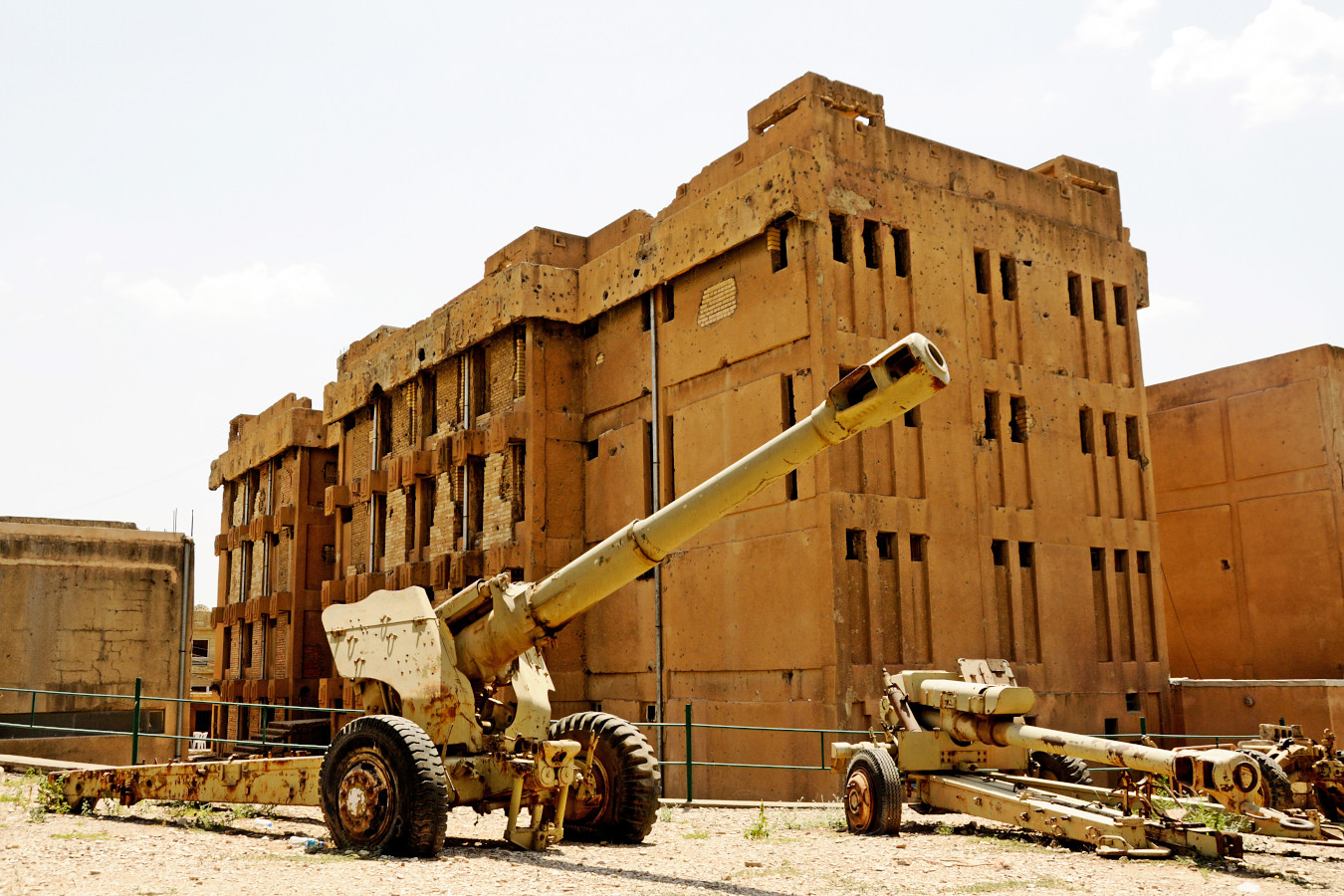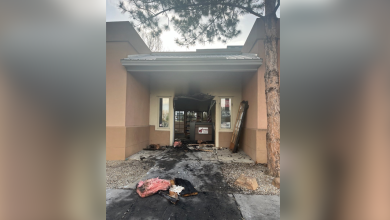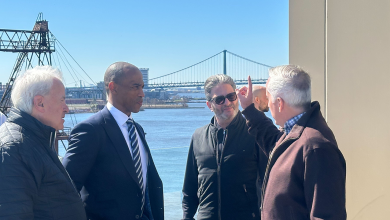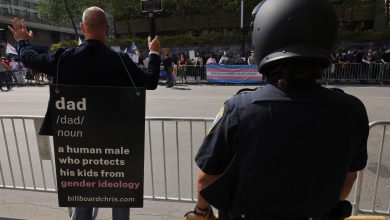The Kurdish people are the largest ethnic group in the world without their own country. They are a non-Arab ethnic group who live in northern Iraq, western Iran, and southern Turkey.
The independent Kurds were a threat to Saddam Hussein, and, in 1988, Hussein embarked on a campaign (Anfal) to exterminate the Kurdish people. This campaign consisted of chemical weapon attacks on Kurdish villages, notably Halabja, mass executions, and the destruction of villages and infrastructure.
These were acts of genocide, and it’s estimated that over 100,000 Kurds were murdered during this campaign. The exact number is hard to know, as there are still many mass graves yet undiscovered in the desert.
In 2003, American troops captured Hussein, and he was subsequently incarcerated at Camp Cropper in Baghdad for trial. To help in his prosecution, the U.S. Department of Justice created the Regime Crimes Liaison Office (RCLO).
The RCLO was to assist the government of Iraq in gathering evidence of this genocide against the Kurdish people to be presented at trial. The RCLO consisted of special agent criminal investigators from the DEA, FBI, and ATF, as well as special assistant U.S. attorneys.
In January 2005, I was selected to be the DEA special agent to the RCLO team to conduct investigations and witness interviews to be presented at the trial.
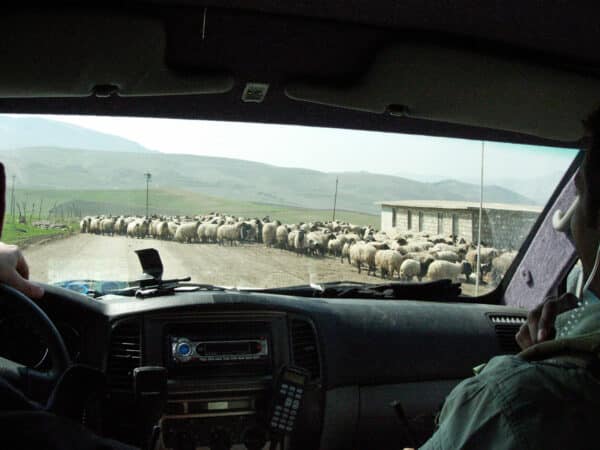
My assigned team was to be based in Sulaymaniyah (Suly) Kurdistan in northeastern Iraq. We conducted missions deep into the countryside in armored Land Cruisers, interviewing witnesses and documenting the oral history of the genocide that would be used as evidence in Hussein’s trial.
The countryside was rugged and the villages remote, with buildings made of rocks and adobe. The stories were heartbreaking. One elderly woman asked me if I could find her husband and sons. I had no answer other than knowing they were under the sand in the desert somewhere.
Suly is a vibrant city and has a rich history. Despite being in a semi-permissive environment, I was able to experience the city and a couple of the notable sights.
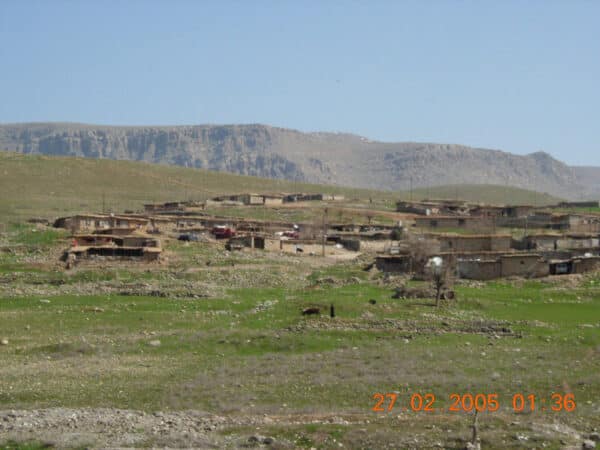
When not on missions or preparing reports, I explored the town, finding the people to be very friendly and open toward Americans. Although a good-sized city, the people knew who we were and that our mission was to bring justice for the Kurdish people. There were times while walking along the street when Kurds would invite us into a tearoom to drink tea. Most times, I didn’t have my translator with me, so language was an issue.
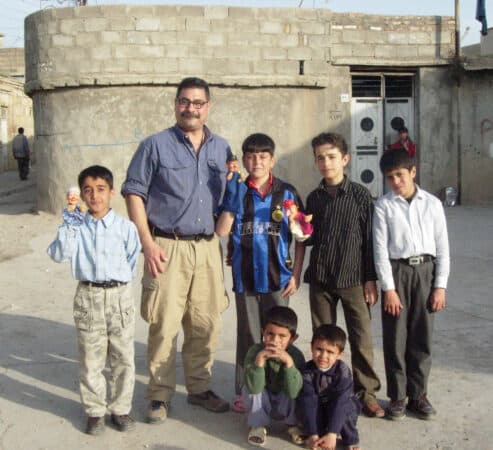
It seemed, however, that everyone had a son or daughter who had fled the terror and lived in England. Next thing I knew, a cell phone was being passed around with someone’s relative in faraway England translating our conversation.
The bazaar was a four- or five-block area where one could buy just about anything: food, clothing, and building materials. There was even the Kurdish version of McDonald’s.
Children, like everywhere else in the world, were curious and wanted to follow us around. It was interesting to see blue eyes, but I remembered my history and how Alexander the Great had conquered the region, and some Greeks had blue eyes. I found the same in Afghanistan.
On one walking trip, while exploring a side street, I found the Ethnographic and Folklore Museum. The museum was about to close, but I took a quick tour of the exhibits. There was an extensive collection of artifacts from throughout Kurdish history, though none were labeled, and I wished I had more time there.
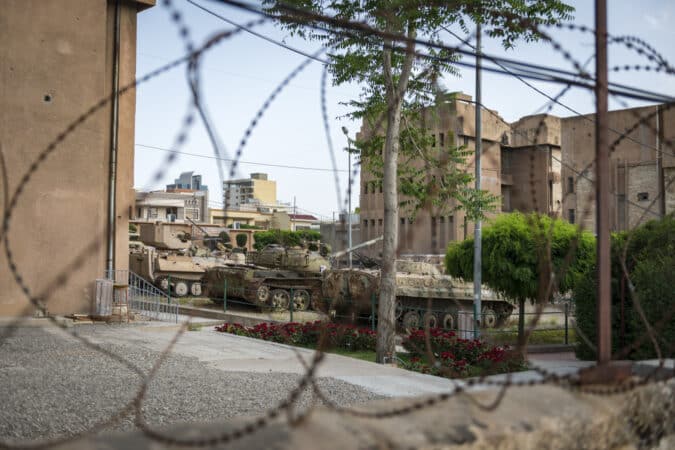
On another excursion, I visited the Slemani Museum. This was an archaeology museum much larger than the Folklore Museum. I was able to spend some time there and wondered about the ancient history on display. Unfortunately, no photographs were allowed.
But the last museum I explored was Amna Suraka, The Red Building. Our interpreters took us so we could get a private tour. I would like to add a footnote about our interpreters. They were in fact members of the Kurdish intelligence service.
Amna Suraka was the site of the Iraqi Interior Ministry’s intelligence agency (Mukhabarat). When Kurds were rounded up, they were taken here where they were imprisoned and tortured by Hussein’s forces.
The people called this building the Red Building due to its exterior color — not for all the blood that was spilled inside. Despite this, I witnessed that the floor had special channels normally seen in halal butcher shops to drain blood into the sewer.
During the Kurdish uprisings, the Battle of Sulaymaniyah, the Kurdish Peshmerga (“those who face death”) defeated the Iraqi forces who were based in the building and finally liberated the city. The building was made into a museum so the history of the Iraqi genocide on the Kurdish people would never be forgotten.
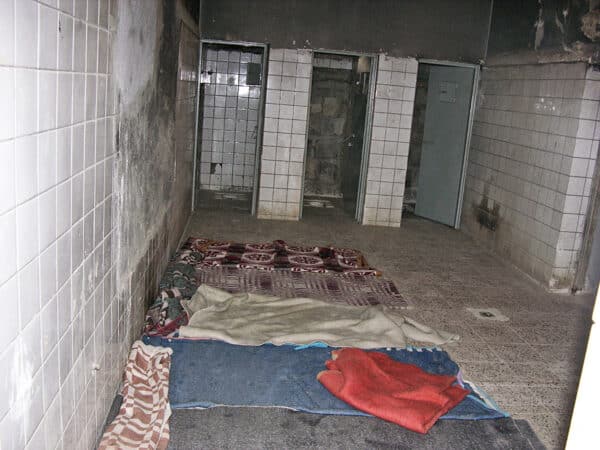
The exterior of the building is still pock-mocked with bullet holes from the battle, while the interior is constructed with displays to illustrate the brutality of Hussein’s regime against the Kurdish people. There were life-sized dioramas in the cells, depicting different tortures.
People were hung from hooks while being interrogated. Prisoners scratched their names and dates into the walls of the cells. As we walked past the cells, I teared up thinking of the horrors that happened there.
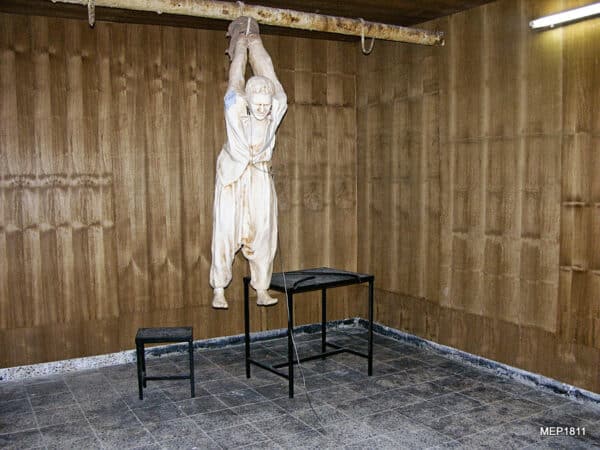
The tour culminated by walking through a room covered in shards of mirrors that represented each of the murdered Kurds, and 4,500 lights in the ceiling for the number of villages destroyed.
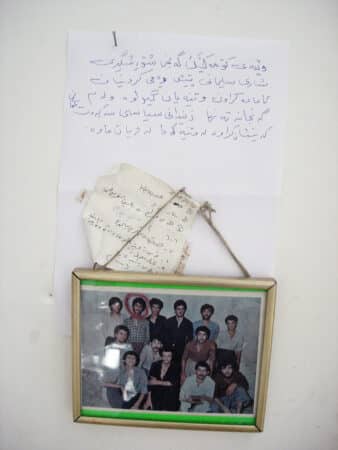
We were silent when we left the building. It was very humbling to learn about these horrors, and it made our job all that much more important.
Hussein was hanged in December 2006 for his crimes against humanity.
Read the full article here

